Fun Fact: Women Played a Role in History; Read These to Learn More
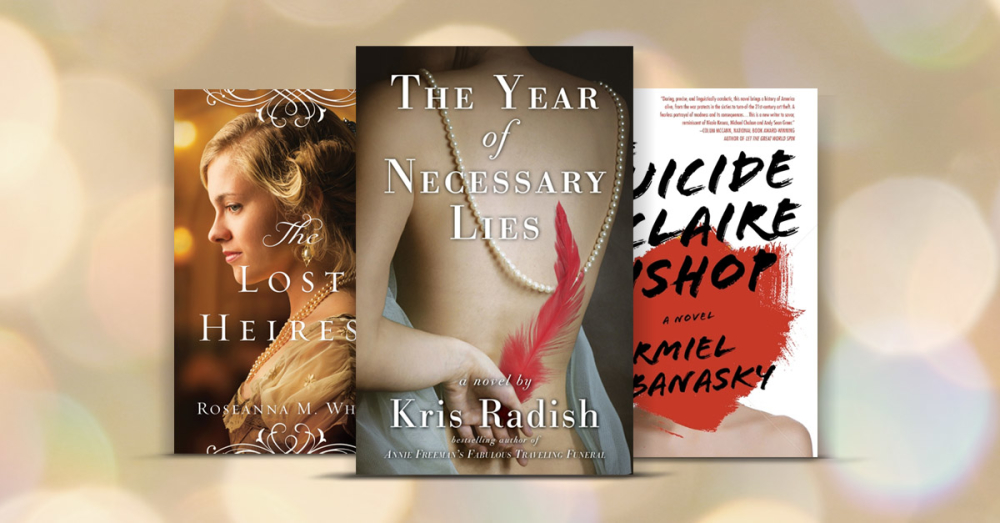
Calling all ladies! Are you ever reading a historical book and thinking to yourself: “Hey, where are all the girls? There were girls in history … right?” Do you desperately want representation in your favorite genre? Do you crave some strong women who are the heroes of their own story? We have an entire list about women in history. Some are biographies of cool women you totally wish you’d met. Others are fictional ladies you wish were real. We’ve even got romance. These books, reviewed by Foreword’s writers, are the perfect cure to the lack of historical gals on your shelf.
The Year of Necessary Lies
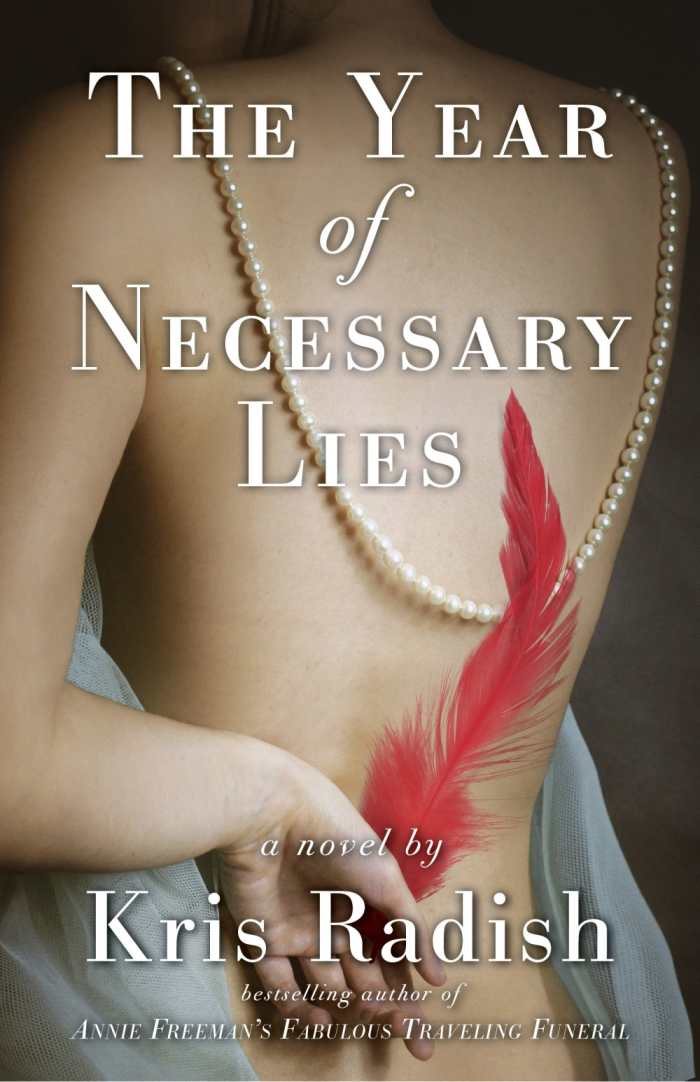
Kris Radish
SparkPress
Softcover $17.00 (330pp)
978-1-940716-51-0
Buy: Local Bookstore (Bookshop), Amazon
Feminism and activism go hand in hand in this romantic novel about women’s empowerment and living life to the fullest.
Kris Radish’s tenth novel, The Year of Necessary Lies, highlights women’s role in the Audubon Society campaign to eradicate feathers from ladies’ hats. Her fictional heroine is a composite portrait of the many courageous women who stood up to plume hunters and the fashion industry alike in the early years of the twentieth century.
Julia Briton has just suffered a third miscarriage. Accepting she might never have children, she seeks another purpose and finds it among the ladies of the Massachusetts Audubon Society. On long seaside walks, they convince her of the cruelty of slaughtering birds to adorn hats. Although her wealthy husband’s millinery empire thrives on the plume trade, Julia agrees to sail alone to southern Florida, heart of both conservation and hunting, to write Associated Press articles raising awareness. Despite many dangers, she finds her real home and true love.
The story of Julia’s adventurous year (1904 to 1905) comes through her own first-person narration recorded on 1950s cassette tapes, as well as the recollections of her great-granddaughter Kelly, who is writing a PhD thesis about Julia’s role in history. While the near-contemporary framing story adds little, it does not distract from the central theme of women’s bravery and achievement.
Radish creates an authentic Southern atmosphere dripping with sweat and packed with rattlesnakes and egrets. Julia’s raucous boat journey, punctuated by an erroneous stop at a Savannah brothel, is a highlight. She is a compelling protagonist, ably supported by an eccentric cast of ex-hunters and coastal hermits. Cameos from historical figures ranging from William Randolph Hearst to Mark Twain help place Julia in a convincing turn-of-the-century context of change and creativity.
“I did not simply want to survive, but to live with great passion and to do something that made a difference in the world,” Julia declares. Recommended to fans of Anita Diamant’s The Boston Girl and Sue Monk Kidd’s The Invention of Wings.
REBECCA FOSTER (August 19, 2015)
Sacrifice
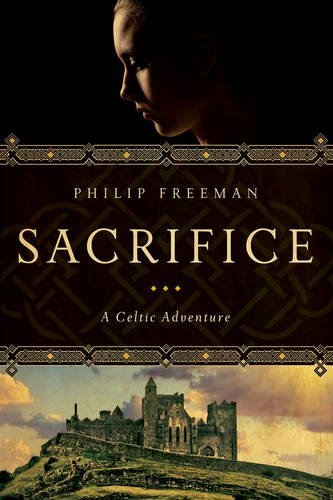
Philip Freeman
Pegasus Books
Hardcover $24.95 (192pp)
978-1-60598-889-4
Buy: Amazon
Sixth-century Ireland finds Christians and Druids wary of each other, especially when bodies start piling up in the bogs.
Philip Freeman, a professor of classics at Luther College and author of several nonfiction books on classical-era history and mythology, follows up his 2014 novel St. Brigid’s Bones with a second mystery featuring intrepid sixth-century Irish nun Sister Dierdre.
Like its predecessor, Sacrifice takes place at a time when Christians and Druids uneasily coexist while contending for Ireland’s soul. Dierdre, who was tutored by her family in the mysteries of the Druidic tradition before she joined the order of St. Brigid, is in a unique position to understand and relate to both spiritual worlds. She needs every bit of that understanding when one of the sisters of her convent is found dead, strangled and placed in a bog in a fashion reminiscent of an ancient pagan sacrifice. The stakes rise when another nun is slain, and then another, in ways that suggest a continuing series of sacrifices to the pre-Christian gods of Ireland. Others, including the aristocratic relatives of the slain nuns, do not share Dierdre’s tolerant views, and open religious warfare may result if she cannot find and stop the killer.
Dierdre is a strong female character whose acceptance of various religious traditions and a tolerant attitude toward the earthier sides of life offer the modern reader a sympathetic viewpoint. Other characters in this relatively short, fast-moving tale are necessarily portrayed in less detail. The kings, druids, and warriors with whom she interacts are usually experienced through their words and actions, which fit right into the historical scenario of perpetually feuding petty kingdoms. With a few exceptions, the nuns of the order of St. Brigid are less fortunate, sometimes receiving only a short introduction before being found dead, killed in some grisly fashion.
Freeman’s depiction of the growing clash between two religious traditions provides a vivid and compelling background to this fictional tale. (An afterword supplies recommended historical resources for the reader who wishes to explore the highly disputed historical truth about Druids and pre-Christian Ireland.)
Anyone else interested in mysteries set in the misty world of early medieval Ireland will find Sacrifice, like St. Brigid’s Bones, an intriguing and exciting tale.
BRADLEY A. SCOTT (August 27, 2015)
The Lost Heiress
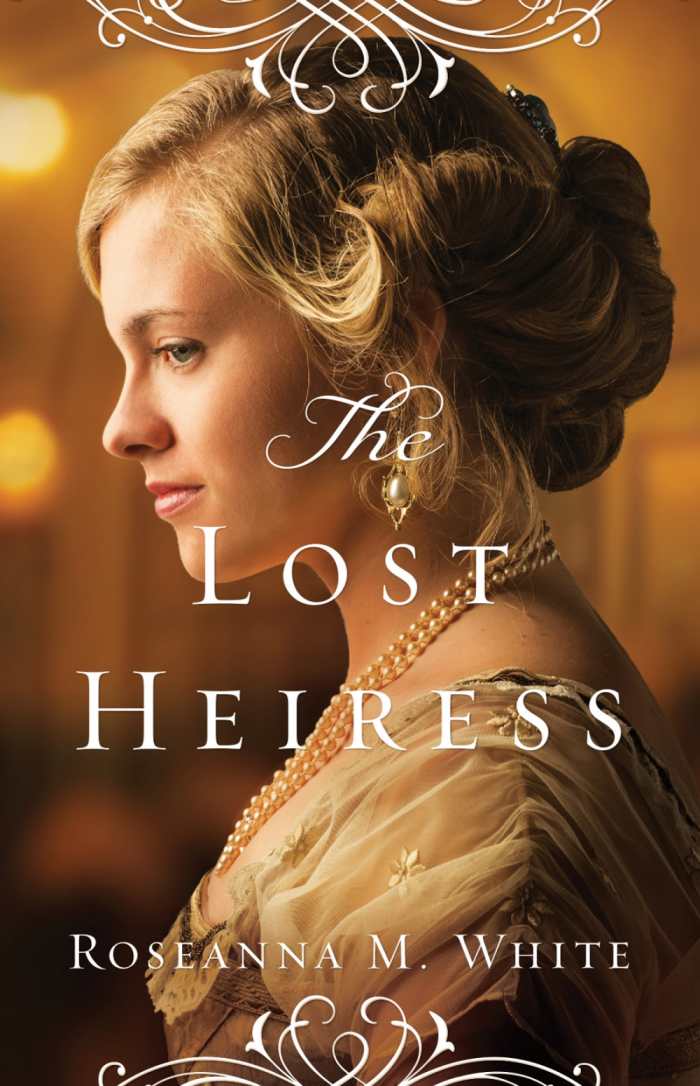
Roseanna M. White
Bethany House
Softcover $14.99 (448pp)
978-0-7642-1350-2
Buy: Local Bookstore (Bookshop), Amazon
A missing heiress raised in Monaco travels to Yorkshire, England, to claim her legacy in this Edwardian novel. Roseanna M. White presents a common historical situation in The Lost Heiress, infusing the plot with vigor through the use of strong evocative passages and detailed characterization.
This conservative Christian romance set in Whitby Park features Brook Eden and her trusted friend Justin, an heir to a dukedom, against the backdrop of the North Sea. A slow, simmering relationship, their ardor is built on the meticulous process of getting to know each other rather than boiling over in the first few chapters. Careful and focused, White creates the perfect scenario for their deepest feelings to emerge.
Maybe, if she gave him a chance to share his heart, he would put her fears to rest. Maybe he would kiss her again, and the sensations would swell, and she would know that whatever had happened in her life, he would still have wanted her.
Abduction, intrigue, and a priceless artifact add just the right amount of mystery to raise the temperature of this otherwise cool tale to a comfortable warm. Understated and precise, every word establishes a sense of calm purpose.
Roseanna M. White is the prolific author of nine novels.
JULIA ANN CHARPENTIER (August 27, 2015)
Elizabeth I and Her Circle
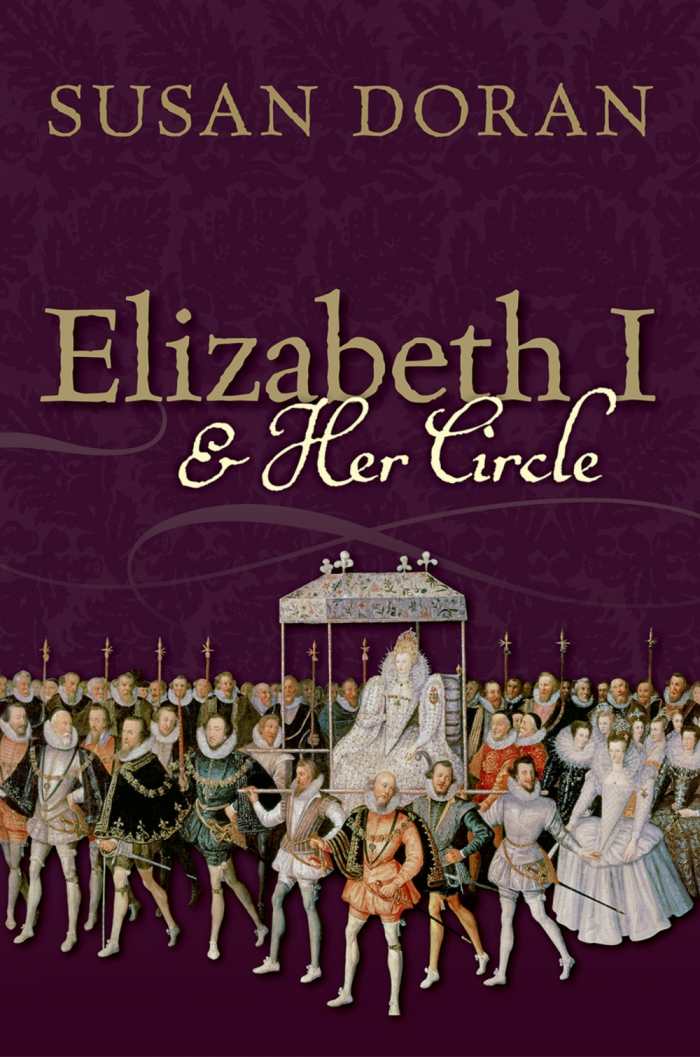
Susan Doran
Oxford University Press
Hardcover $39.95 (416pp)
978-0-19-957495-7
Buy: Local Bookstore (Bookshop), Amazon
The dramatic reign (1558-1603) of Queen Elizabeth I, known during her own times as the Virgin Queen, has spawned more than a dozen movies with her being played by the likes of Bette Davis and Cate Blanchett and, in old age, Dame Judi Dench. Even as her life provides a playground for screenwriters, she also figures in an uncountable number of novels, histories, and pseudo histories.
A goal of Susan Doran, a senior research fellow at Jesus College, Oxford, is to go beyond theatrical speculations and assess the personalities and politics of the Elizabethan era, remembered for its comparative stability, artistic achievements (think Shakespeare), and a lessening of religious tensions. She dismisses sexual speculations by noting that while the queen did indeed entertain courtiers, the intimacies were not sexual. “Indeed,” she writes, on the basis of exhaustive archival research, “it is highly unlikely that she had a sexual relationship with anyone.”
The reign of Elizabeth’s father, Henry VIII, was particularly stormy. Most notably, he brought to boil the bitter Catholic-versus-Protestant struggle that dominated British society by getting an annulment to his first marriage and marrying Anne Boleyn, Elizabeth’s mother. Henry, a harsh daddy if ever there was one, saw to Anne’s execution when Elizabeth was two years old.
Rather than the paranoia of her father, pragmatism held sway with Elizabeth. She largely avoided war and saw to the budget. She rewarded loyalty. She punished disloyalty, but rarely with death unless she felt she had to, as she did in the case of her half sister, Mary Queen of Scots, a challenger for the throne.
One leaves Doran’s book thinking that, rather than virginal, Elizabeth might best be characterized as one tough Tudor.
THOMAS BEVIER (May 27, 2015)
Last Boat to Yokohama
The Life and Legacy of Beate Sirota Gordon
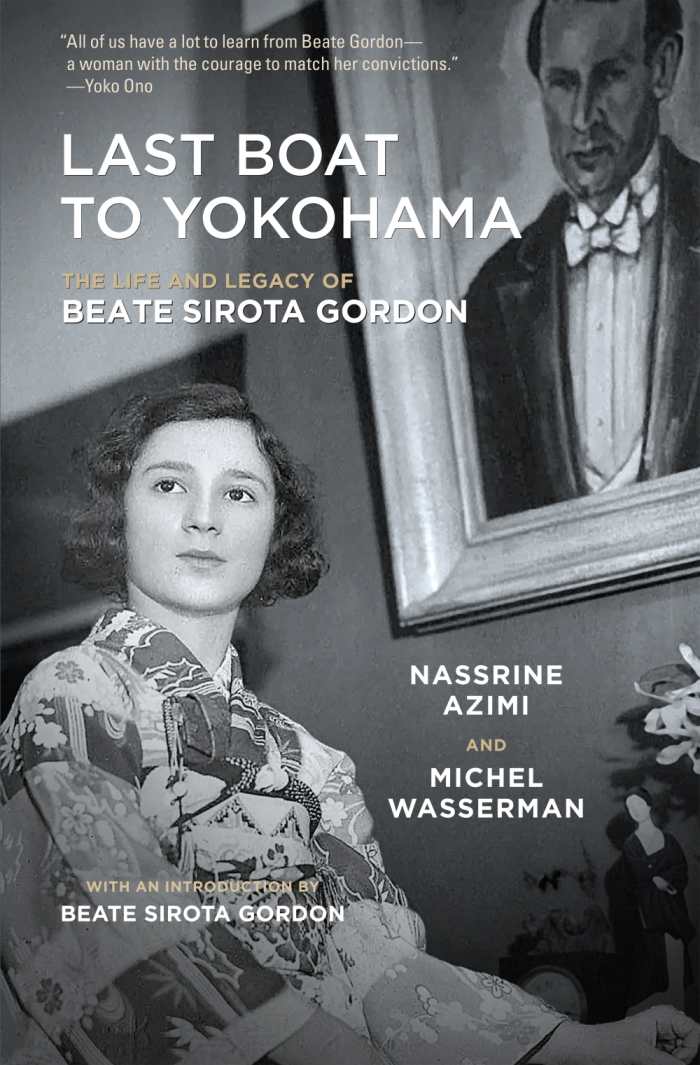
Nassrine Azimi
Michel Wasserman
Three Rooms Press
Softcover $15.95 (170pp)
978-1-941110-18-8
Buy: Local Bookstore (Bookshop), Amazon
Women’s rights activist Beate Sirota Gordon’s passion for bridging cultures is clearly evoked through this fascinating tribute to her work.
Nassrine Azimi and Michel Wasserman pay tribute to Beate Sirota Gordon, champion of the arts and part of the American team who developed Japan’s postwar constitution under General MacArthur. Gordon’s story highlights her sustaining belief in making human connections. With a prismatic approach that includes remarks from Associate Justice Sonia Sotomayor, an interview with Gordon, journal entries by Gordon’s mother, and other sources, Last Boat to Yokohama: The Life and Legacy of Beate Sirota Gordon gathers respectful reflections that shed light on a specific moment in history and on one woman’s remarkable career.
At the age of twenty-two, Sirota Gordon penned the words that would mark her as a beloved figure among Japanese women. Last Boat to Yokohama quietly emphasizes the importance of the constitutional article that granted legal rights concerning marriage, divorce, property, and inheritance that hadn’t existed in the once-feudal society. When the authors note how Japan’s postwar constitution has inspired other countries emerging from war, the impact of Sirota Gordon’s efforts is especially felt.
Amid the story of Sirota Gordon’s unlikely role working under the occupation lies an intriguing glimpse at her childhood in Japan, her parents’ experiences during the war, her father’s path as a concert pianist, and Sirota Gordon’s later involvement in bringing Asian performers to the US. Threads spanning the 1940s are particularly compelling for their portrayal of foreigners’ daily lives in Japan. The clear, well-paced writing maintains the focus and interest of a solid, extended magazine profile.
Despite the elegiac nature of such a compilation, the book does not dwell on hardship and consistently reveals its subject’s optimism. Sirota Gordon’s passion for bridging cultures is clearly evoked through accounts of her travels. Last Boat to Yokohama offers just enough detail to inspire readers to seek Sirota Gordon’s own biography, The Only Woman in the Room: A Memoir of Japan, Human Rights, and the Arts.
KAREN RIGBY (May 27, 2015)
Bonus: This is a past AND future book. We’re not saying that art and time travel are the perfect pair … Except that we’re totally saying that. You’re going to want this book based on that alone.
The Suicide of Claire Bishop
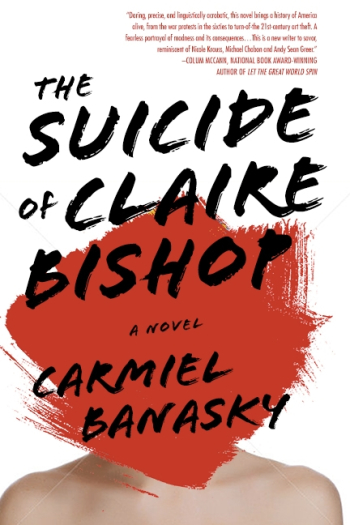
Carmiel Banasky
Dzanc Books
Softcover $24.95 (392pp)
978-1-938103-08-7
Buy: Local Bookstore (Bookshop), Amazon
Memory, mental illness, and modern art are central themes in this clever literary puzzle.
“There are so many ways to die, and even more ways to imagine it.” Carmiel Banasky’s first novel, The Suicide of Claire Bishop, questions magical thinking: if you can imagine something, by painting a suicide on canvas, for instance, can you prevent it from happening in real life? Add in the artist’s apparent time travel and her boyfriend’s bizarre conspiracy theories, and the result is a twisty, satisfying story about truth and madness.
For Claire Bishop’s thirty-fifth birthday in 1959, her husband commissions a portrait by Nicolette Bernhardt. To their surprise, it depicts Claire jumping off of Brooklyn Bridge, an unpleasant reminder of familial mental illness. Claire demands the portrait’s destruction, but it survives, changing hands illegally several times over the years until West Butler, a schizophrenic data miner, sees it in a gallery in 2004. He recognizes the work as his girlfriend Nicolette’s—but she was not even born in 1959. West determines to steal the portrait one last time and return it to its rightful owner.
Narration alternates between a third-person record of Claire’s life—divorce, hosting an anti-Vietnam War collective, and caring for a mother with Alzheimer’s—and West’s first-person account of searching for the truth behind the painting. When he abandons his medication, his language perfectly reflects his unhinged state: he addresses his “loyal voices” in the second person and excises the words “crazy” and “sorry” from all writing. His hypothesis about Nicolette’s work is a startling blend of Hawkingesque time bending, sadistic Hasids, and disappearing bees. Banasky successfully translates West’s confusion into a fresh, surprising voice: “I have all these wet lumps of clay in my brain that used to be my speech.”
Magic realism is an intriguing undercurrent here, but it never overwhelms the plot. Drawing strong generational parallels, Banasky shows how mental illness might threaten memory and art. What endures time’s losses? And is it ever possible to escape one’s fate? Fans of Siri Hustvedt’s The Blazing World and Judith Claire Mitchell’s A Reunion of Ghosts have a treat in store.
REBECCA FOSTER (August 27, 2015)

Hannah Hohman is an editorial assistant at Foreword Reviews. You can contact her at hannah@forewordreviews.com.
Hannah Hohman
